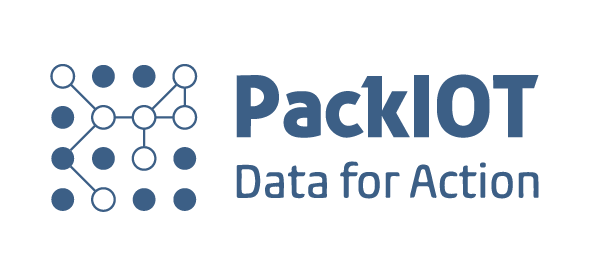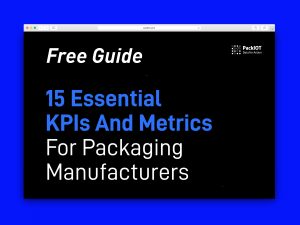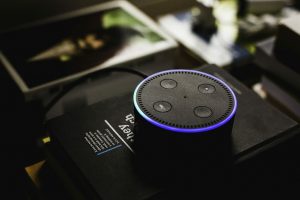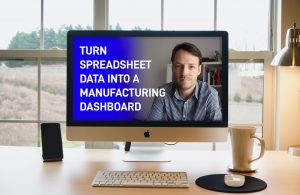15 Essential KPIs And Metrics For Packaging Manufacturers
Every day, plant managers and executives are constantly receiving tons of information about the production of their factories, making it difficult to analyze everything and decide which metrics are the ones that make more sense to be used in their business. Manufacturing metrics and KPIs help you, monitor, analyze, and consequently, optimize your production processes, contributing to an improvement of the quality and quantity of the produced goods. They provide valuable insights that will help you meet your goals. To know which ones are the most useful for your enterprise, take a look at the fifteen metrics we selected. This blog post is part of an Online Free Guide, with more details about all those KPIs. Download now for free. 01. Throughput This metric is the rate of how many units are produced on average, by a machine, cell or line over a certain period. 02. Manufacturing Cycle Time Also known as throughput time, this metric consists of the length of time from the start of the production to the delivery of the final product. 03. Machine Setup Time (Changeover) Time spent on setting up a machine or a production line, with the specifications of the new…










